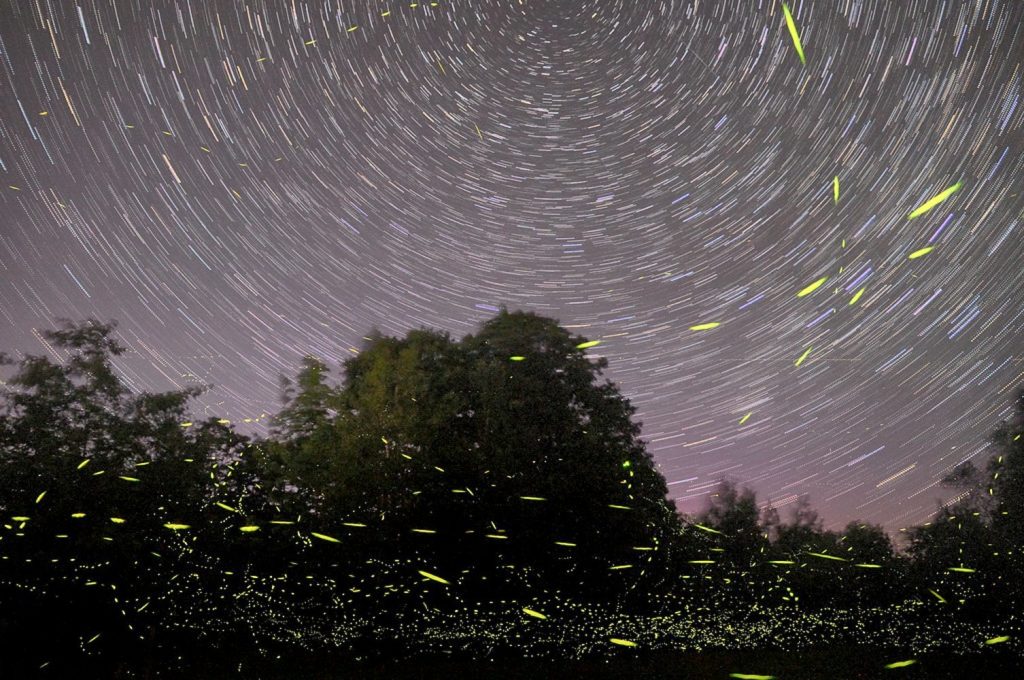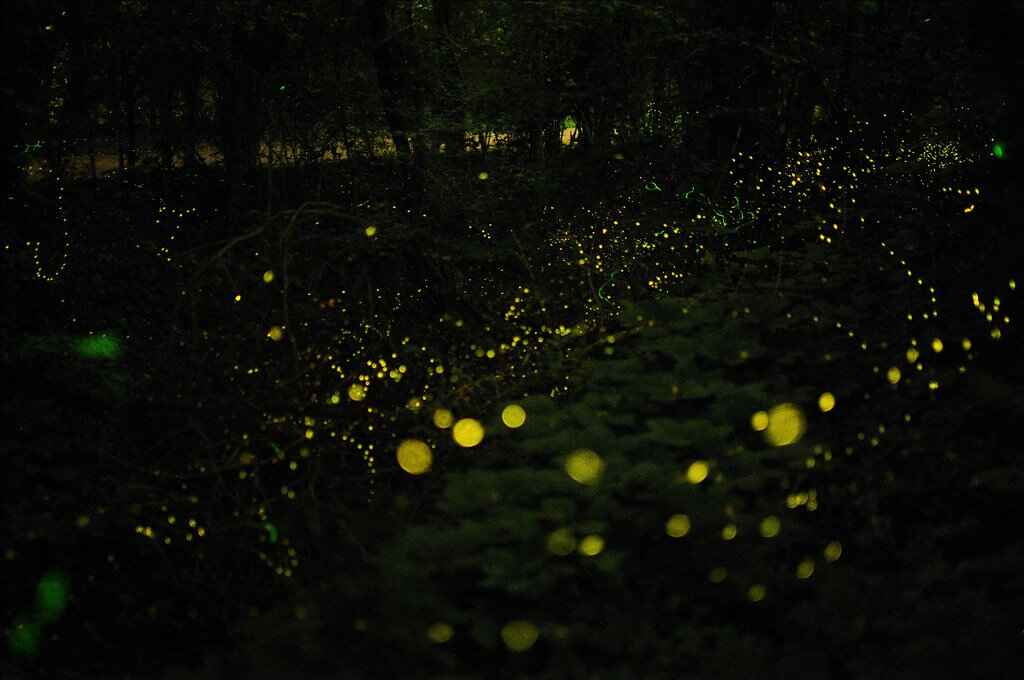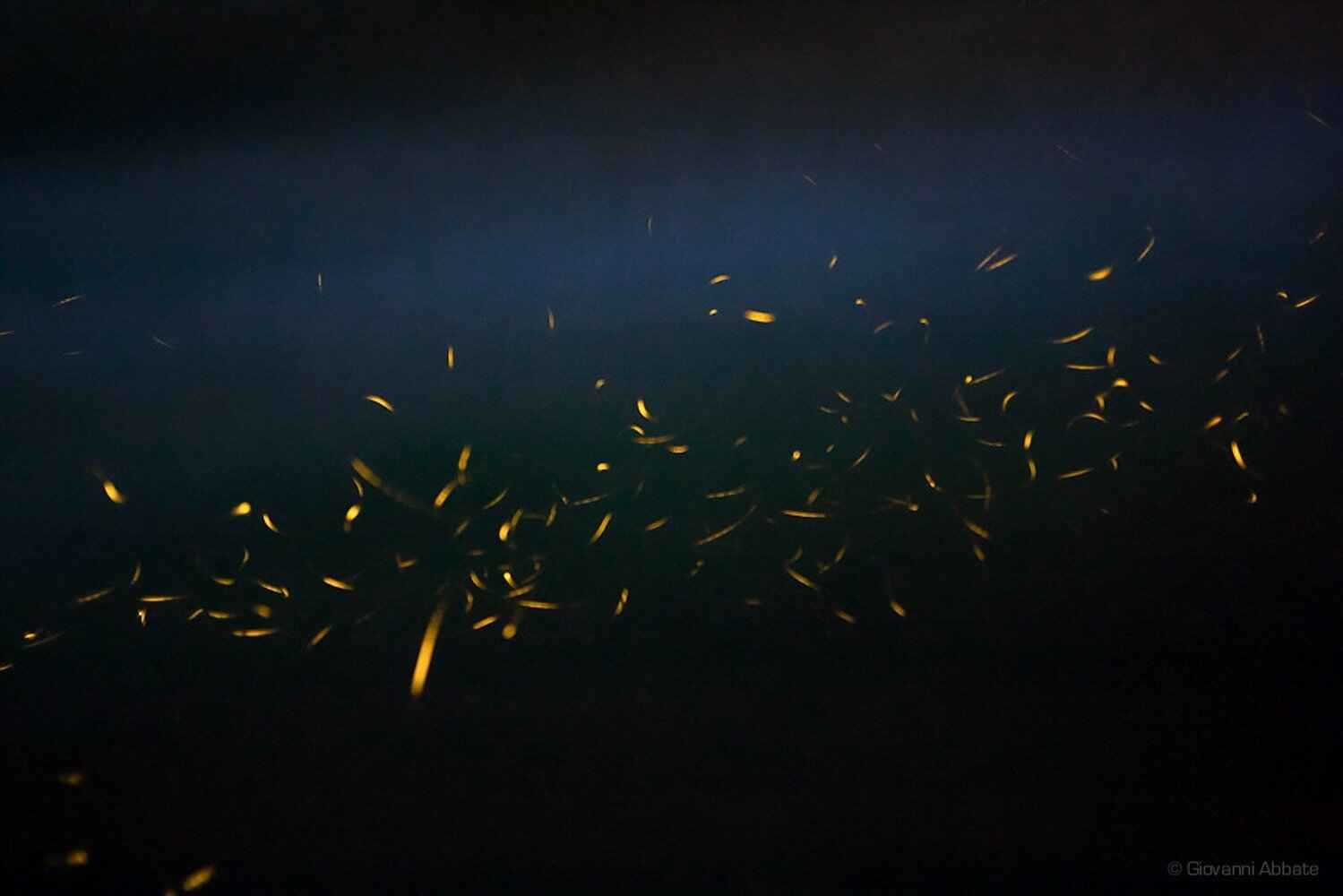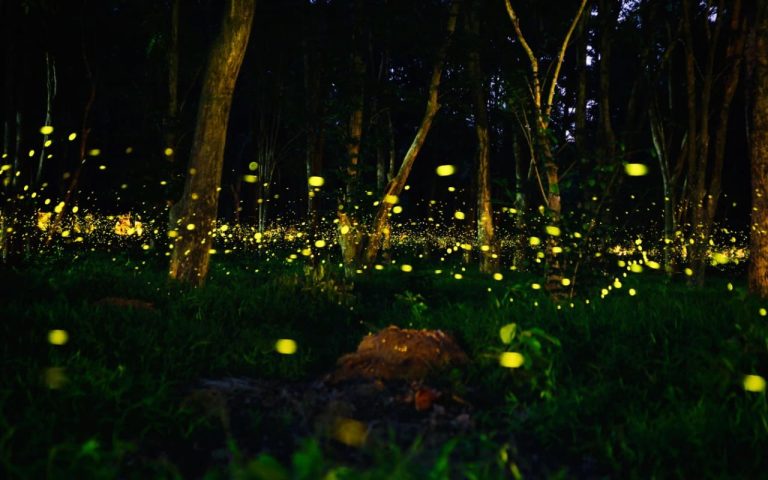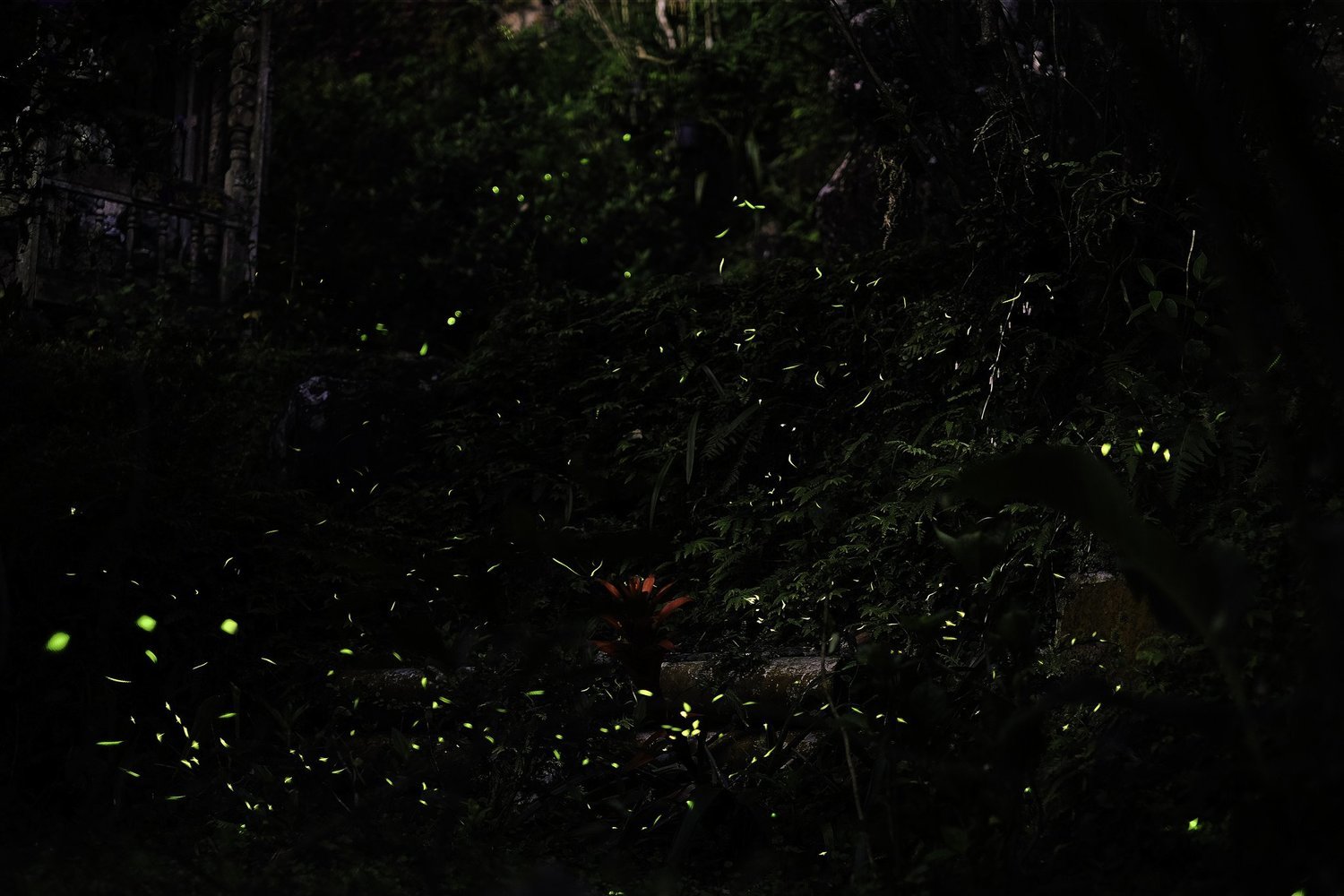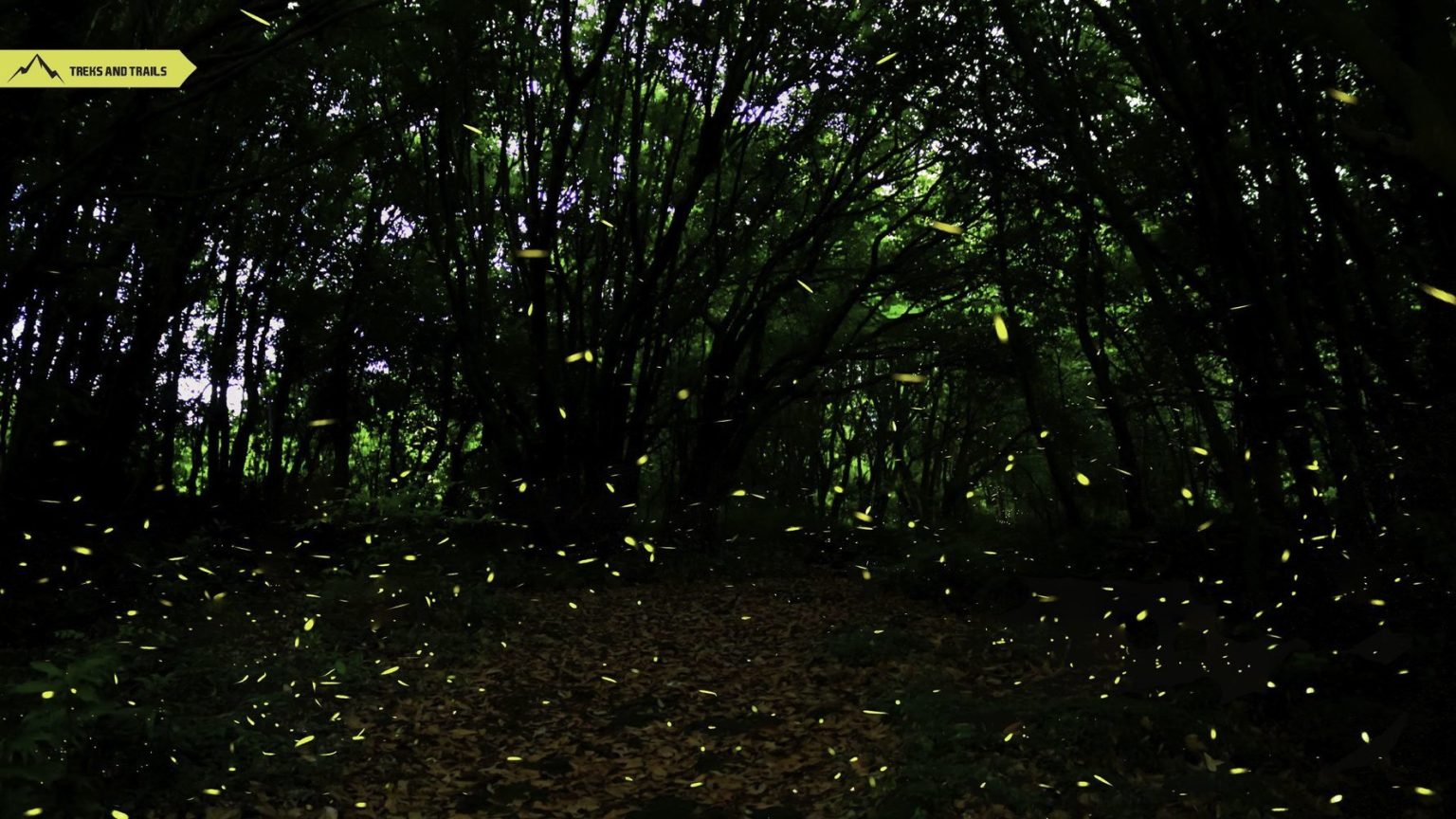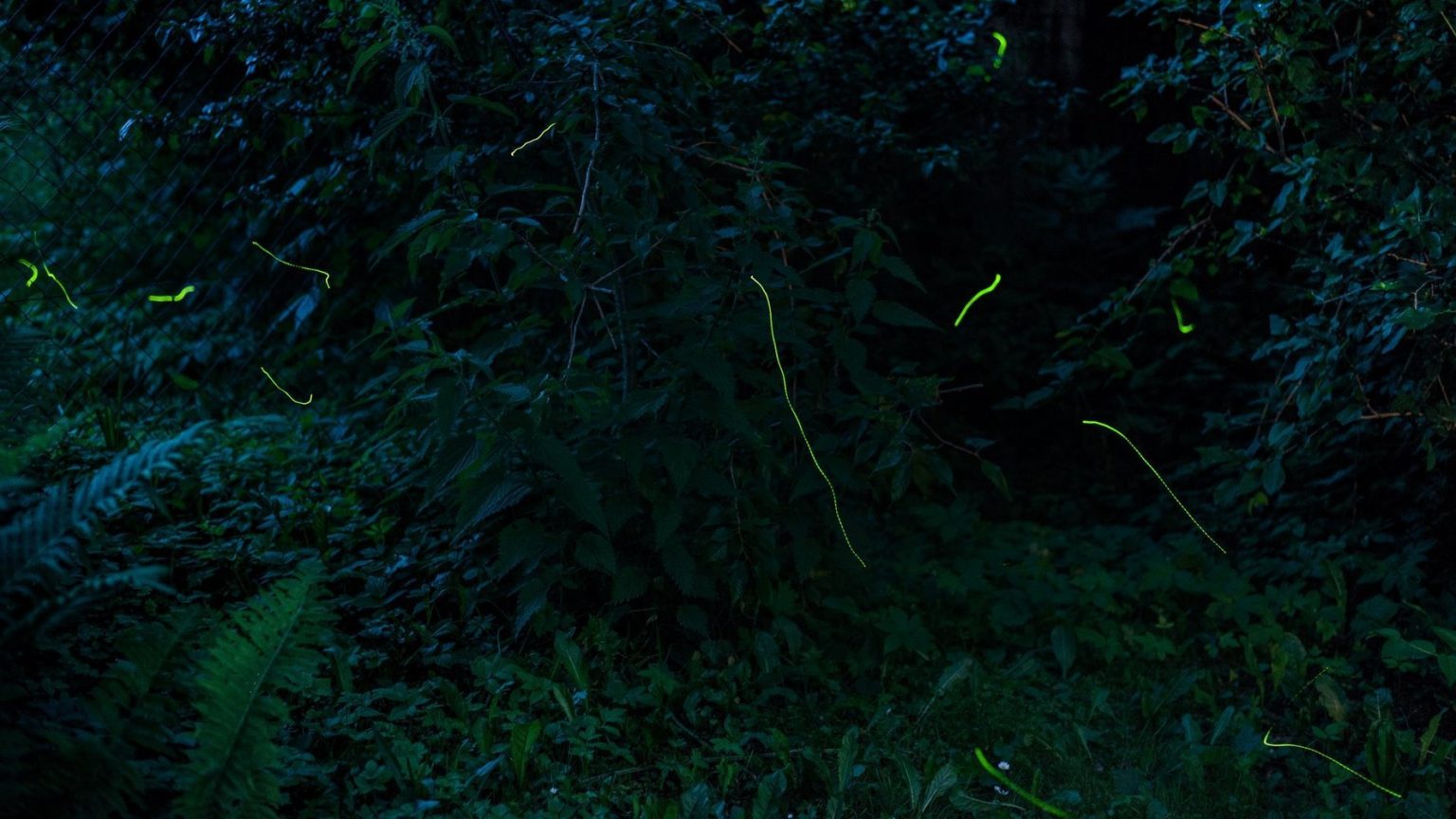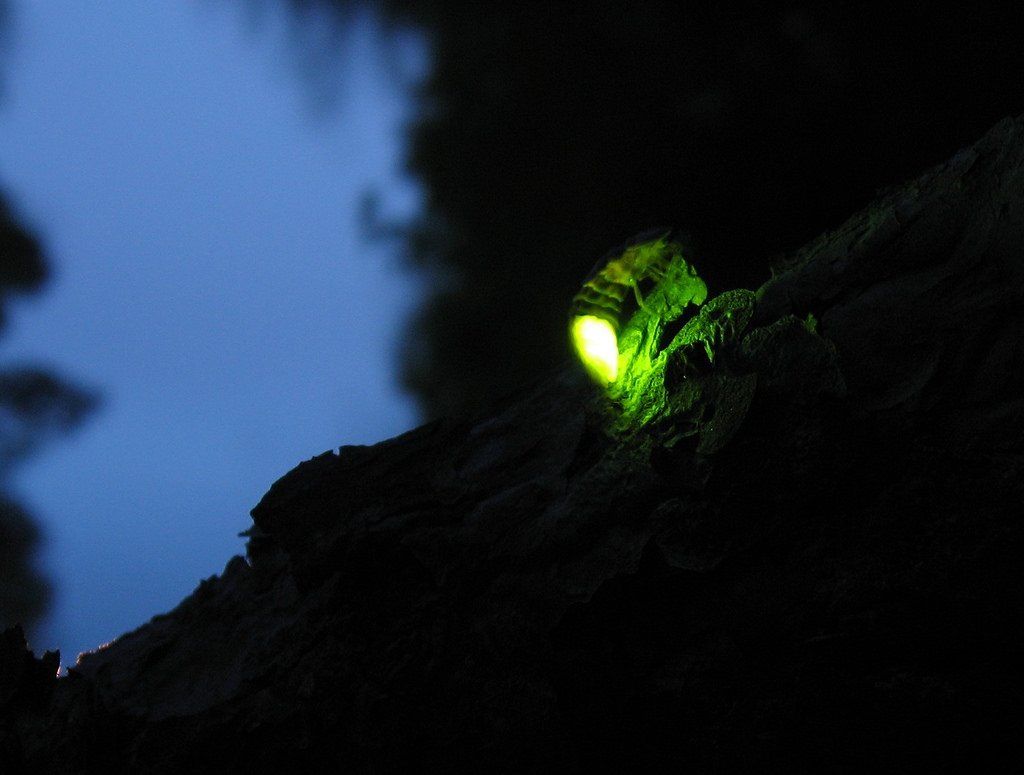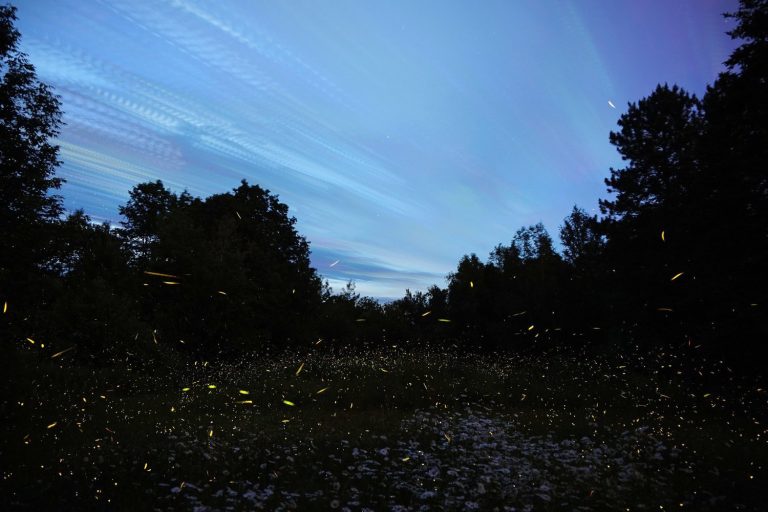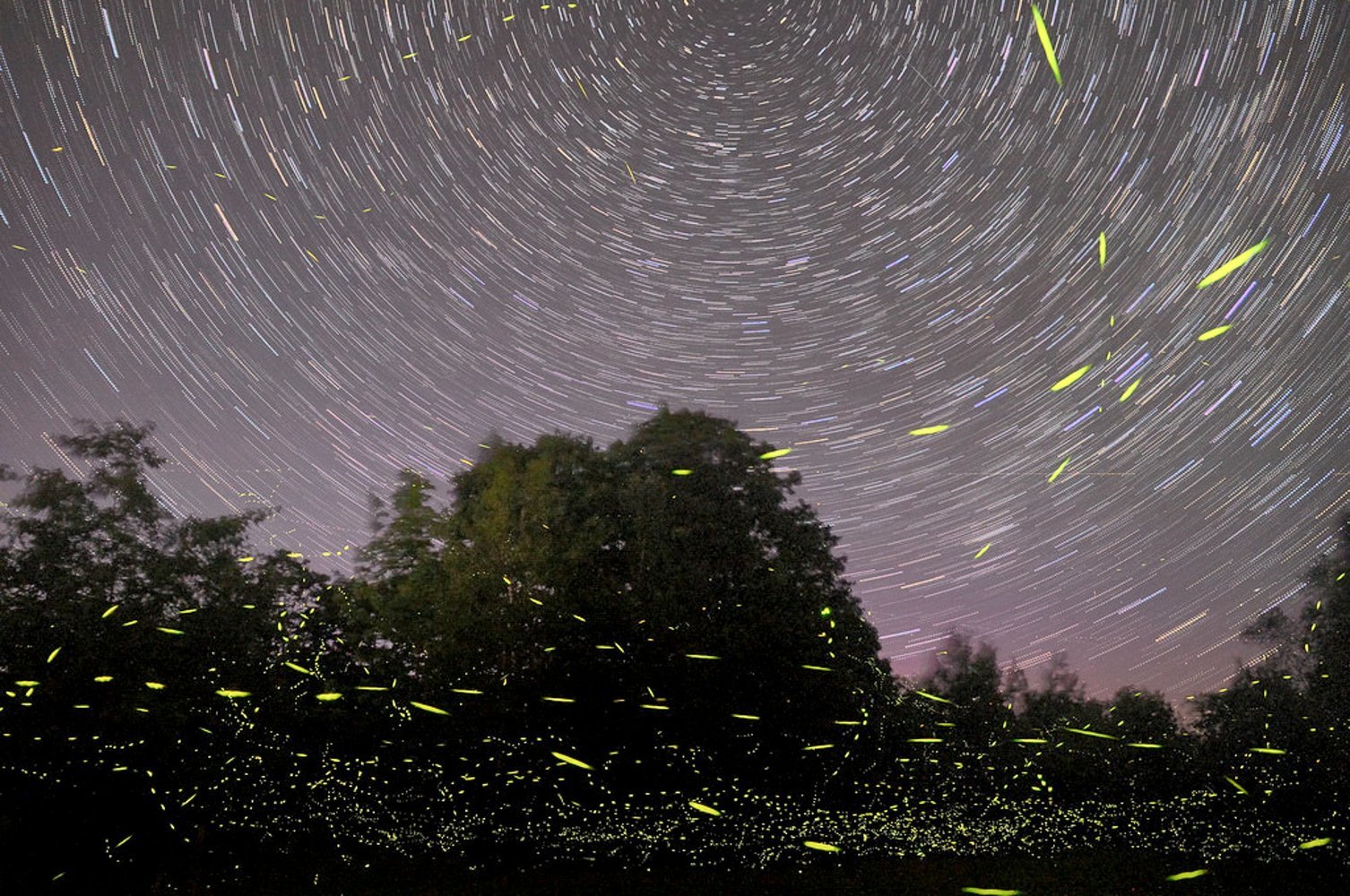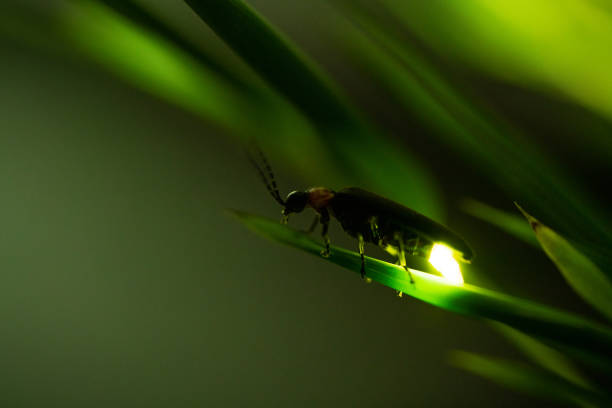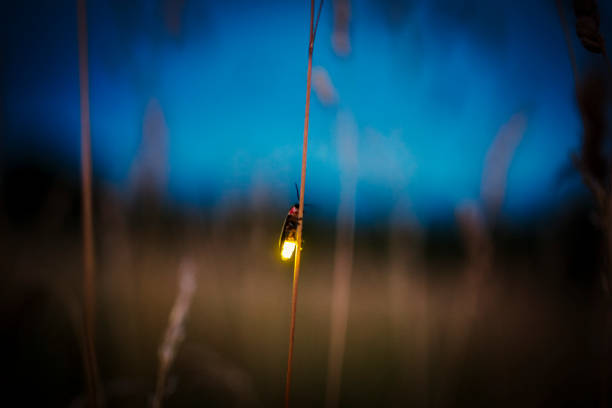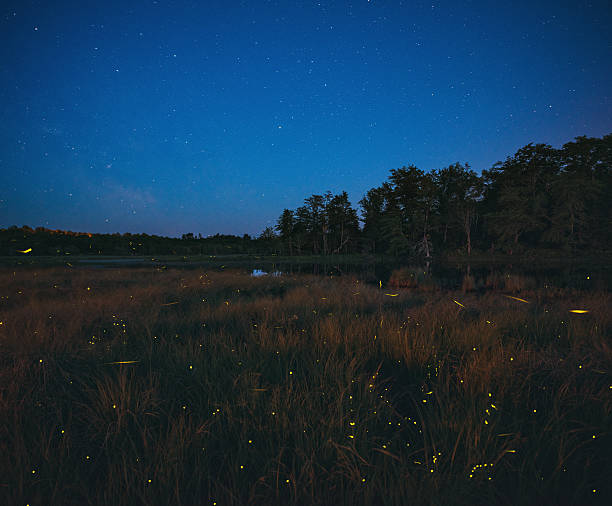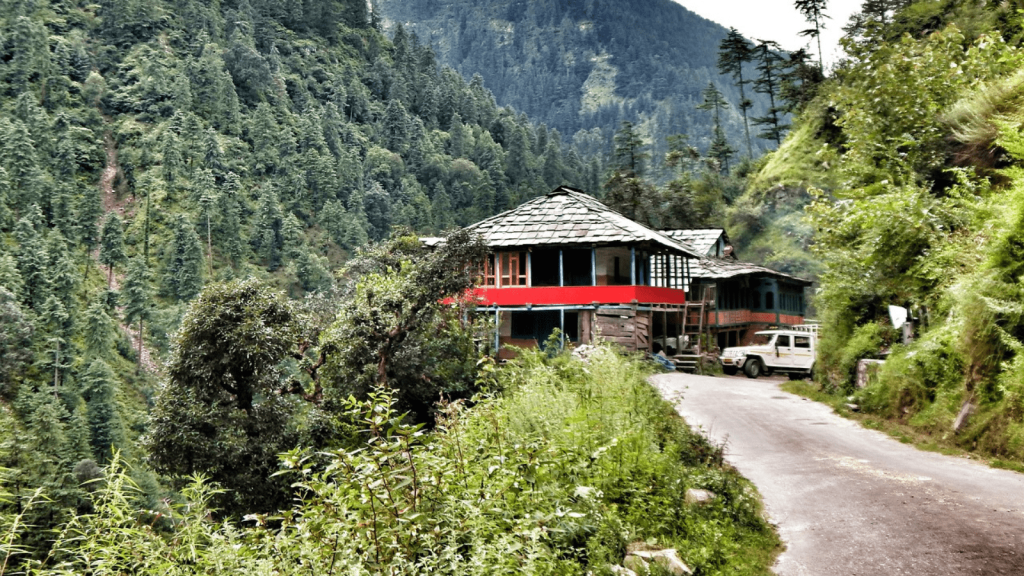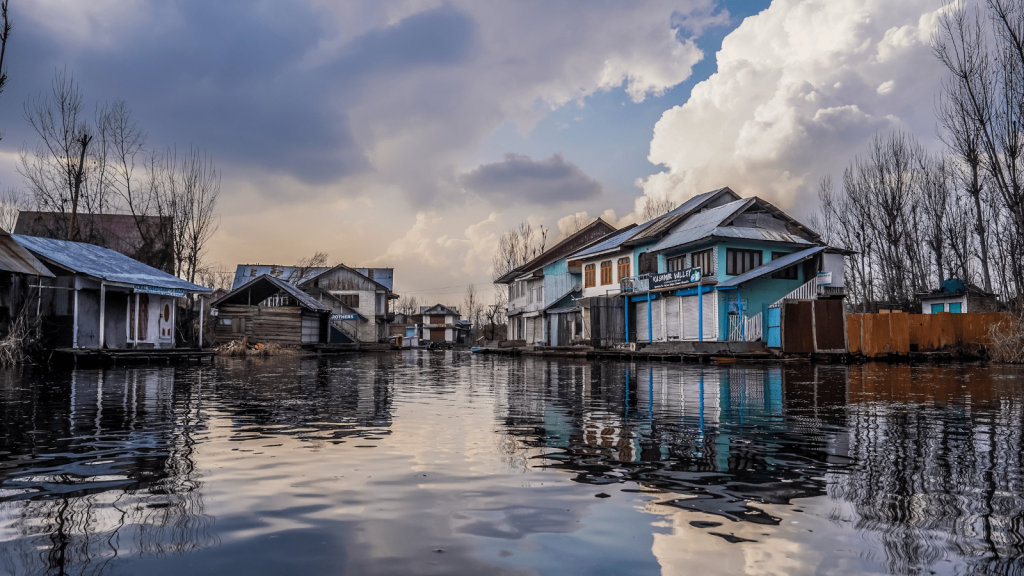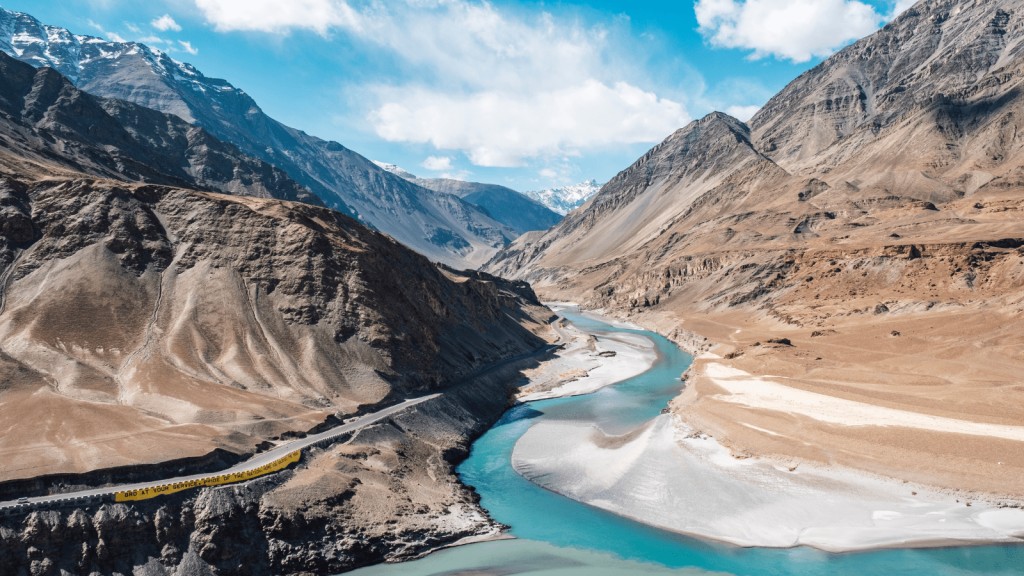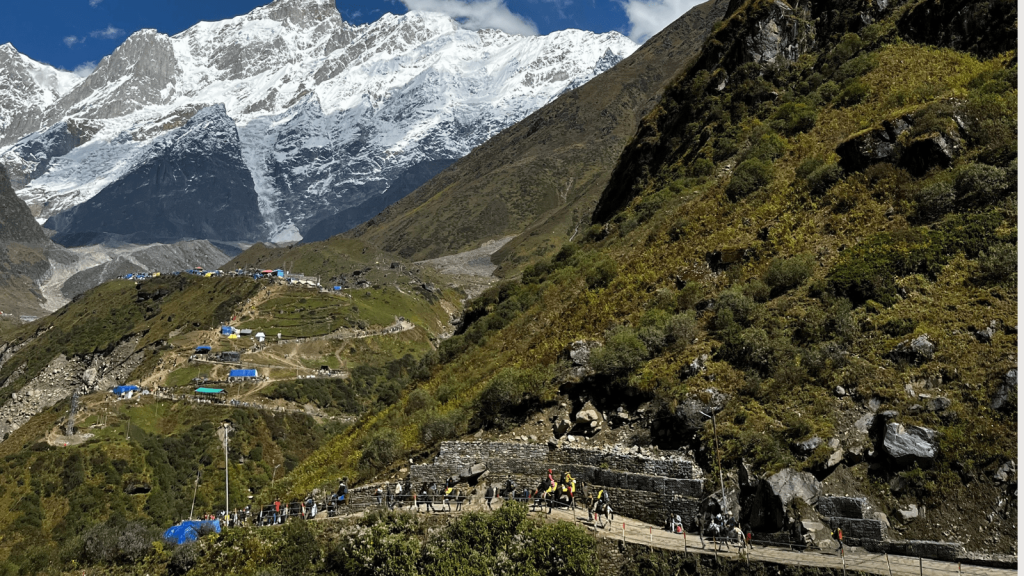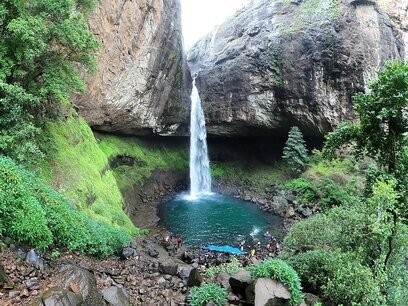Experience the Magic of Fireflies Festival
Every year before the monsoon starts, we welcome the Fireflies Festival in Mumbai. Fireflies are bioluminescent beetles bugs. Some of them fly, and some of them crawl. Fireflies use a bioluminescent glow to attract female fireflies for mating.
Fireflies Festival Mumbai, we have got you covered with the best destination where you can spot them in thousands. We will have to travel into the countryside away from light pollution. Around Mumbai, there are many destinations to spot Fireflies in Rajmachi Village, Siddhagad Wadi, Prabalmachi village, Bhandardara, Ghatghar, Kothaligad, Kondane Caves and Purushwadi many more.
Fireflies use different blinking patterns to impress the opposite gender; they have many unique designs up to 2000. When dazzled with a light way, Lady fireflies reply with a lighting pattern display to complete the match.
"Fireflies are a symbol of hope, reminding us that even in the darkest times, there is still light to be found."
What are Fireflies?
Beetles are members of the Lampyridae family, and fireflies are members of this family that only emerge at night. They are prevalent in most tropical and temperate locations and feature light-producing organs on the bottom of their abdomens.
Although some fireflies are diurnal, the majority are nocturnal. Fireflies are bioluminescent, which means they are living animals that emit light, a characteristic shared by a few other terrestrial insects such as click beetles and railroad worms. The light is utilised to attract possible prey and members of the opposite sex, as well as to deter potential predators.
What type of trees do fireflies prefer?
Taller trees in the background and taller grasses near a garden pond or stream will likely entice fireflies. In forested areas, fireflies spend the majority of their time during the day resting on grasses and leaves.
What should I avoid around fireflies?
Because fireflies are very sensitive to too much light, it's best not to use outdoor lights at night. Fireflies use their blinking lights to talk to each other, attract potential mates, and warn of possible dangers. Chemical pesticides and weed killers should be avoided if you want to protect firefly populations.
Fireflies and their larvae can get poisoned by coming in contact with other insects that have been poisoned or by eating poisons that have been sprayed on plants.
People think that fireflies eat the small insects, grubs, and snails that live in natural ponds and streams, so you shouldn't swim in chemically treated pools. These organisms can't live in places where chlorine is present. Streams and ponds in the wild are full of life, and you can find fireflies there.
Let as many logs and pieces of trash as possible pile up on the forest floor, because firefly larvae need decaying logs and trash to live in. Most species of fireflies will probably do well in marshy areas near standing water. If you don't live near a natural body of water, you might want to put a birdbath, a bird pond, or even a small fountain in your garden.
How to observe fireflies?
You can observe fireflies from afar by watching their flight paths and flash patterns. You can also monitor them closely to determine what type and gender.
Are fireflies going extinct?
Fireflies are not extinct yet but face extinction due to habitat loss, artificial light, and pesticide use. One of the summer's most enduring sights may be extinguished forever in some parts of the world. New research suggests that fireflies, aka lightning bugs, are facing a triple extinction threat from habitat loss, artificial light, and pesticide use, new research suggests. Of the nearly 2,000 species of fireflies worldwide, 200 are found in India. However, many of those that were once common have now disappeared.
Fireflies conservation projects India
Fireflies, despite their high value, are tragically on the decline. The following is some information about firefly conservation initiatives in India. A project of this type is Nidhi Rana's "Monitoring of Firefly Population and Conservation Practices via Community Involvement in Doon Valley, Uttarakhand, Western Himalaya."
The study is to examine the current state of fireflies and the measures employed to conserve them with the participation of the local population in Doon Valley, Uttarakhand, and the Western Himalayas. This effort is a continuation of previous work that studied the diversity of fireflies in Doon Valley. The research has demonstrated firefly occurrence statistics from over 14 Indian states.
According to assessments published on the International Union for the Conservation of Nature's (IUCN) Red List of Endangered Species, an estimated 8% of fireflies found in the United States and Canada are on the verge of extinction.
Yet, given that nearly half of the reported Species are deemed to have insufficient data, and about a quarter of them still need to be reviewed, this figure might be substantially higher. It is critical to do extensive research on firefly populations in order to assess the extent of their extinction and design sustainable conservation methods.
Here are some simple things you can do right now to help keep fireflies around:
- Provide habitat!
- Don't use pesticides because they can kill fireflies and the animals they eat, and they can also hurt the environment.
- Make sure your outdoor lights are off when it gets dark, especially in the summer when fireflies are out.
- If you take part in a community science project, you will be able to add to what we already know about fireflies.
- Please help spread information about how fireflies live and what they need to do well.
What is the lifespan of a firefly?
In the wild, the life expectancy of a firefly is approximately one year on average. Adult fireflies typically only live for about two months, but their entire life cycle can span anywhere from a few months to a year. Given that there are over 2,000 different species of fireflies on the planet, their life spans will inevitably differ to some degree.
What is the difference between fireflies and lightning bugs?
There is no distinction between fireflies and lightning bugs; both are the same. Both of these creatures are beetles, and they are famous for the bioluminescence that they produce. Because of the bright flashes of light these insects make, they were given the names "firefly" and "lightning bug" in the past. Depending on the region in which you reside, glowing insects may be called "fireflies" or "lightning bugs." The term "firefly" is used more frequently all over the world.
How do fireflies produce light?
A chemical reaction occurs within the bodies of fireflies, which causes them to glow when stimulated. The production of light in this manner is referred to as bioluminescence. The most well-known example of bioluminescence is the phenomenon that allows fireflies to glow in the dark. By adding oxygen to the mixture of chemicals required to produce light, a firefly can exert control over the beginning and end of the chemical reaction and, as a result, over the opening and ending of its light emission. The light organ of the insect is where this process takes place. The light organ glows brightly whenever oxygen is present, but when oxygen is lacking, the light goes out.
What is the scientific name of fireflies?
Its scientific name, Lampyridae, refers to the family of fireflies. The name originates from the Latin word lampyris, which can be roughly translated to mean "glowworm." Even though the term "glowworm" can only refer to a firefly larva or an adult without wings, the name remains.
What is the habitat of fireflies?
Fireflies are a common sight in the evenings of the summer months, and they can be found in various warm environments in addition to more temperate regions. The edges of forests and fields and the spaces in between are home to a rich diversity of plant and animal life. Some people live in drier regions but migrate during wetter months anyway. Fireflies exist in every continent on Earth, including North and South America, Europe, and Asia.
What is the best time to see fireflies?
When you have the best chance of seeing fireflies depends on the species, as well as the location. Generally, the most active time of year for fireflies is during the summer, from May to August. The months leading up to the monsoon season, specifically May and June, are the best months to view these fireflies in their natural habitat. Because they are only active at night, fireflies spend most of their days on the ground among tall grasses. Because they like to hide in the tall grass, fireflies are difficult to spot unless you get down on your hands and knees to look for them.
What are some interesting facts about fireflies?
Here are some interesting things to know about fireflies:
- But despite their name, fireflies are not bugs or insects; they are a type of beetle.
- There are about 2,000 different kinds of fireflies that live in places that range from temperate to tropical.
- Since they eat meat and need a wet place to live, fireflies can only be found in damp places.
- There are about 2,000 fireflies in the world, but they are not bugs or insects like flies.
- Light bugs are actually beetles.
- Oxygen, calcium, energy, and a molecule called luciferin, which gives off light, are all parts of the chemical reaction that makes fireflies glow.
- Every species of firefly has a larva that can make light, but many species lose this ability as they grow up.
- Larger groups of fireflies sometimes blink at the same time or in sync with each other.
- Fireflies can give off light that looks yellow, green, or orange.
What do fireflies eat?
They feed on other insects and prefer to live in damp areas, but fireflies are nocturnal. Carnivorous when they are in their larval stage, fireflies feed on soft-bodied insects that live on or in the ground, such as snails, slugs, worms, or even other larvae of other insects. There are species of adult fireflies that do consume the nectar and pollen that they find on plants. They will go to various plants to obtain sufficient amounts of nectar and pollen. Some adult fireflies continue to feed on the larval invertebrates and soft-bodied insects they consumed when they were younger.
Where can fireflies be found in India?
Both temperate and tropical environments can support populations of fireflies. Many make their homes in marshes or other wet, wooded areas with plenty of food sources for their larvae. Certain regions of India, including the northeast, Kerala, and Maharashtra, are home to several species of fireflies. It has been observed that the fireflies in the Anamalai Tiger Reserve and Rajmachi Fort in Maharashtra can synchronize their flashing, creating a spectacular show.
Why do fireflies glow in unison?
Life stages of firefly
Where can fireflies be found in Maharashtra?
Lonavala, Naneghat, Purushwadi, Siddhagad Fort, Prabalmachi, Matheran, Kothaligad Fort, Rajmachi Fireflies festival at Udhewadi, Bhandardara Dam, Harishchandragad Kalsubai Forest Area, Ghatghar Dam, Samrad Village, Purushwadi, Khopoli, Gorakhgad, Bhimashankar, and Igatpuri are some of the places in Maharashtra's nighttime landscapes that are known to have fireflies. As a result of their location in darker areas that are ideally suited for fireflies, Purushwadi and Udhewadi villages in Siddhagad have the highest density of fireflies in all of Maharashtra. The Fireflies festival takes place over a few weekends in the latter half of May and the beginning of June. Fireflies are called जुगनू or Jjugnu in Hindi, and काजुवा or Kajwa is the Marathi word for fireflies.
Fireflies tour Maharashtra
The Indian state of Maharashtra offers wonderful opportunities to witness fireflies. These mesmerizing insects can be found in various areas across the state, including Igatpuri, Vaitarna, Udhewadi, Bhandardara Dam, Prabalmachi hamlet, Lonavala, Purushwadi, Ghatghar Dam, Kondane Caves, Kothaligad Fort, Samrad Village, and Siddhagad Fort. There are many other locations throughout the state where you can observe fireflies as well.
Purushwadi, a small village located in the hills of Akole Taluka, around 191 kilometres from Mumbai, is an excellent place to go trekking during the day and witness fireflies at night. The Purushwadi Firefly Festival occurs on select weekends in late May and early June, and camping options are available close to the charming village. Meals are provided for the duration of the trip, and a guide will accompany you on a walk to observe the fireflies.
Bus transportation with air conditioning between Mumbai and Pune is also available for your convenience.

